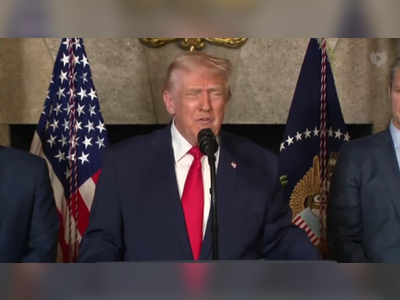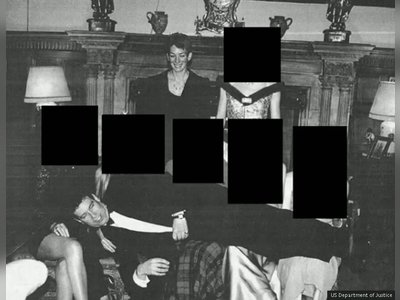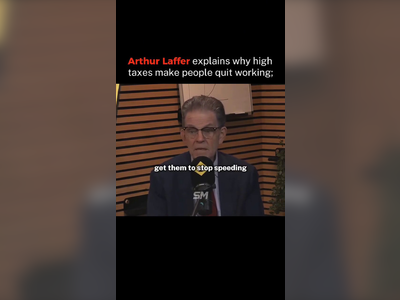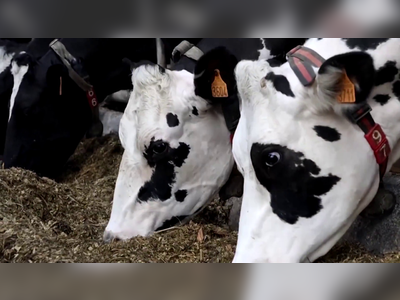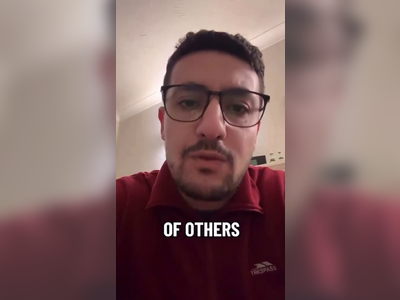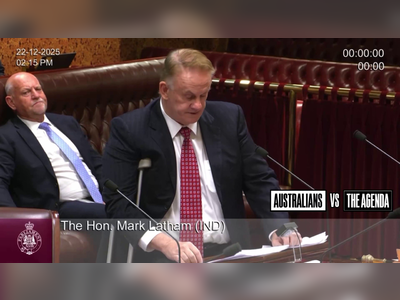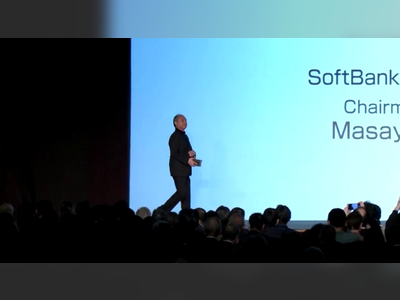
How to apply for the second self-employed support grant and who is eligible?
The self-employed income support scheme (SEISS) has already provided relief to 2.7 million people, as the first round of the grants saw the Government dish out more than £7.7 billion.
The first grant, which was launched in May, covered lost profits in the months of March, April, and May, and provided 80% of a person’s average three months’ profits, capped at £2,500 per month.
What does the second grant cover, how can you apply, and when is the deadline to apply?
Who is eligible for the second self-employment support grant?
Not all self-employed people are eligible for the grant – to apply, you’ll need to meet a specific set of criteria:
* You are a self-employed individual or a member of a partnership and can prove your business has been adversely affected due to coronavirus
* You have filed a tax return for 2018/2019
* You traded in the tax year 2019 to 2020 and intend to continue trade in the coming tax year
* Your trading profits do not exceed £50,000
You should not claim the grant if you’re a limited company or operating a trade through a trust.
How to apply for the second self-employment grant
You’ll need the following in order to submit your claim:
* Self Assessment Unique Taxpayer Reference (UTR)
* National Insurance number
* Government Gateway user ID and password – if you do not have a user ID, you can create one when you make your claim
* UK bank details (only provide bank account details where a Bacs payment can be accepted) including:
* bank account number
* sort code
* name on the account
* your address linked to your bank account
You must make the claim yourself and cannot ask a tax agent or adviser to do it on your behalf, as so would trigger a ‘fraud alert.’ You will also have to confirm to HMRC that your business has been adversely affected due to coronavirus – for example, if you experienced a loss of income or had to pay higher costs.
When is the deadline to apply for the second self-employment grant?
The deadline to apply for the second and final grant is Monday 19 October.
How much can you claim through SEISS?
The grant will cover 70% of applicant’s average monthly trading profits, capped at £6,750.


